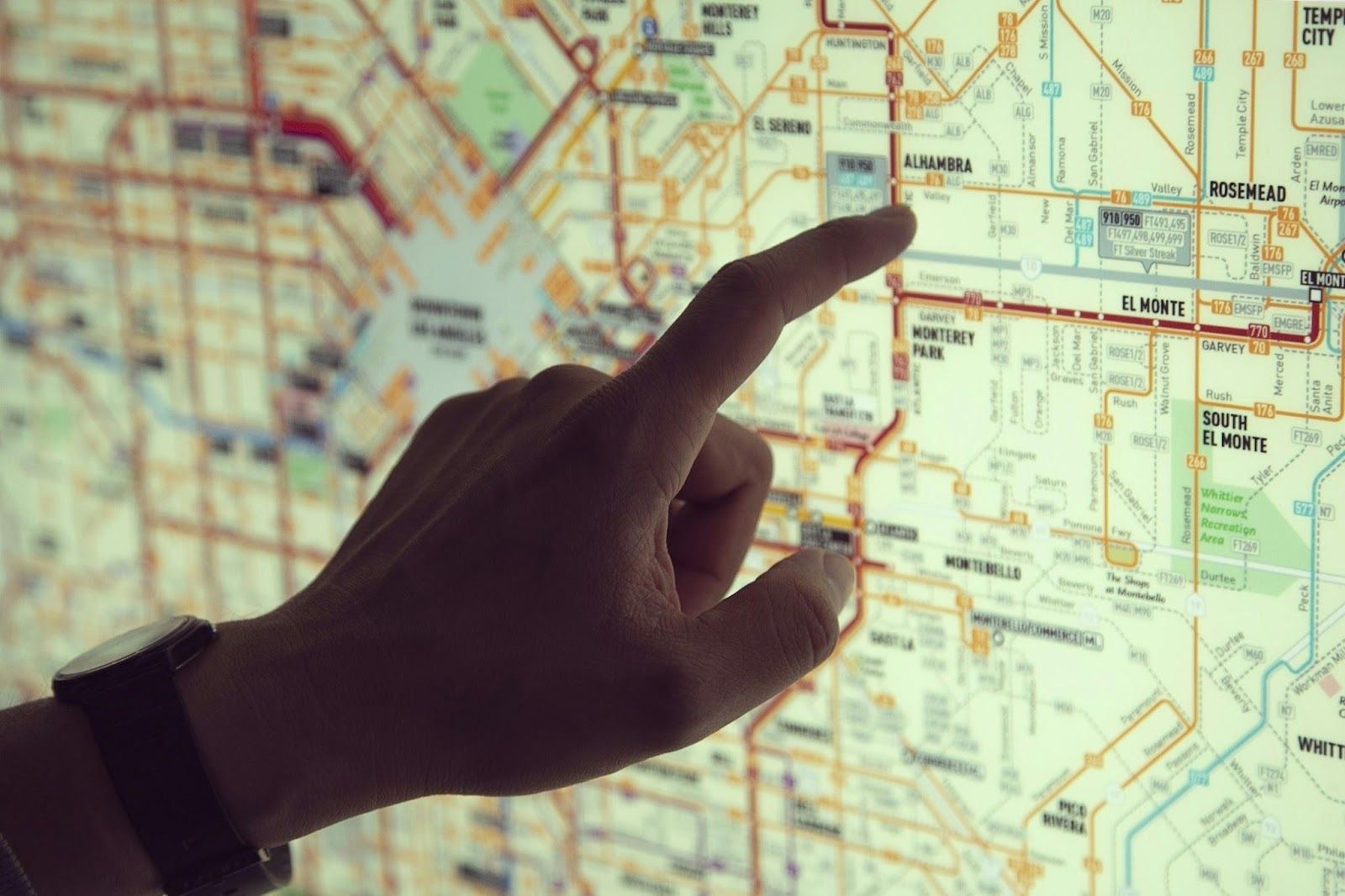Some names are too great not to be used
Was JC Penney a real person? 10 names turned into successful brands
Published on June 1, 2025
 Credit: Dylan McLeod
Credit: Dylan McLeod
Let’s face it, some people have better-sounding names than others. And some of them have the nerve and the pride to slap their personal denomination on their products. A sign of trust, you might say. Sure, everybody knows who Henry Ford is. But what about Glen Bell Jr or James Cash Penney? Take a look at the following brands and discover the people brave enough to give their companies their names.
Knorr
 Credit: Matthew Hamilton
Credit: Matthew Hamilton
Let us start the list with a name that is immersed in the world of soups (pun intended). The Knorr brand was founded by Carl Heinrich Knorr in 1838, and it didn’t start in the line of business it is today. First, he supplied chicory to the coffee industry. After that, the founder began experimenting with drying vegetables and seasonings, which led to the launch of the first dried soups across Continental Europe in 1873.
Harley Davidson
 Credit: Maksym Kaharlytskyi
Credit: Maksym Kaharlytskyi
This legendary motorcycle company was founded by two childhood friends, William S. Harley and Arthur Davidson, who started working on the model of a small engine in the early 1900s, which led to the creation of the company we know today.
Later on, 2 more Davidsons, William, and Walter, joined the venture. The company developed quickly, and in 1903, it began selling motorcycles on a very limited basis.
Fred Perry
 Credit: Moises Alex
Credit: Moises Alex
Some names just sound too cool not to do anything with them. For example, this clothing label was founded by professional tennis player Fred Perry. It all started in the late 1940s, when he and Tibby Wegner, an Austrian footballer, created the first sweatband. Later, Perry and Wegner created their version of a tennis shirt. And the rest, as they say, is history.
Alexander McQueen
 Credit: Raden Prasetya
Credit: Raden Prasetya
Naming the business after yourself is a common practice in the high-fashion industry. And Alexander McQueen is no exception. He was a London-based, English designer who used to work as the head designer of the Givenchy fashion line.
In 2004, he started his menswear line. In his early years, he worked in a tailor shop that created theater costumes and he used many of the ideas he learned there in his future collections.
Boeing
 Credit: David Syphers
Credit: David Syphers
A bouncy-sounding name like Boeing didn’t exactly seem destined for a great future in the aviation industry, but it was. In the early years, William Boeing didn’t work in aviation but sold timber. During the exposition in Seattle in 1909, he saw a manned flying machine for the first time and became interested in the concept.
Seven years later, he went into business with engineer George Conrad Westervelt and founded the Pacific Aero Products Co. The company’s name was changed to Boeing Airplane Company the following year. In the beginning, Boeing aircraft only transported mail, but that changed soon.
Lipton
 Credit: Carli Jeen
Credit: Carli Jeen
Just like Knorr, Lipton is a name forever linked to a product, but it wasn’t always like that. Before he got involved in the tea trade, Sir Thomas Lipton had worked as an accountant, a door-to-door salesman, and a grocery assistant. After gaining experience, he opened his first provision shop and later established a chain of groceries. Then he focused his efforts on tea.
According to Sir Lipton, his secret to success was selling the best goods at the cheapest prices, harnessing the power of advertising, and always being optimistic.
Baskin-Robbins
 Credit: Priscilla Du Preez 🇨🇦
Credit: Priscilla Du Preez 🇨🇦
Just like in the case of Harley-Davidson, Baskin-Robbins is a brand formed by the names of its two founders: Burt Baskin and Irv Robbins, who were brothers-in-law.
Irv started Snowbird Ice Cream, and Burt launched Burton Ice Cream Shop. Both were successful. And when the number of stores grew, they decided to drop the separate identities, and all the stores became Baskin-Robbins.
Taco Bell
 Credit: Chantel
Credit: Chantel
Sometimes it's harder to picture a person behind the brand name if the name is also a common word. But it happens. Taco Bell is named after its founder, entrepreneur Glen Bell Jr, who launched a drive-in after seeing the success of McDonald’s.
Bell saw that there was room for growth beyond burgers and launched several successful taco drive-ins and restaurants with other partners before launching Taco Bell in 1962.
McDonald’s
 Credit: Amandine Lerbscher
Credit: Amandine Lerbscher
And moving on from Taco Bell, we must now talk about those who inspired him. Their story is the basis for the 2016 movie The Founder (a great watch, and a hypnotizing performance by Michael Keaton) and it started when brothers Dick and Mac McDonald decided to make a burger restaurant in San Bernardino, California.
The company as we know it today was founded by Raymond Kroc, a milkshake machine salesman who was so impressed by their burger restaurant that he became their agent and set up franchises around the US. Years later, he bought the rights to the McDonald's name.
JC Penney
 Credit: Hannah Morgan
Credit: Hannah Morgan
Just like with the Fred Perry case, it would have been a shame for a name as great as JC Penney to end up nowhere. The real James Cash Penney was born in Hamilton, Missouri, and opened a retail store on April 14, 1902.
In 1909, Penney moved his company headquarters to Salt Lake City, Utah to be closer to banks and railroads. By 1912, Penney had 34 stores in the Rocky Mountain States. In 1913, all stores were consolidated under the J. C. Penney banner we know today.












